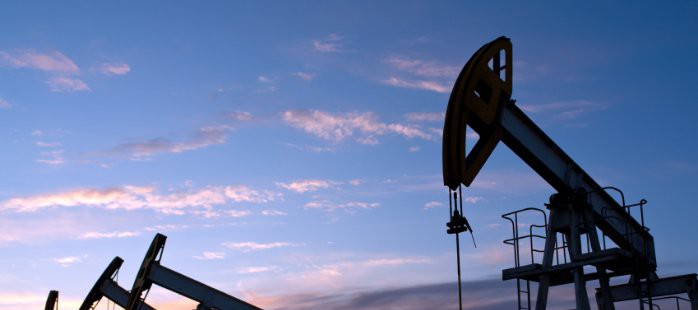Our Opinion: 2016
Oil glut drives prices lower again

Oil fell to 12-year lows under $30 a barrel in January 2016, before almost doubling by May. Now it is back on the slide.
Both US futures and Brent have lost 20% from this spring’s high, fulfilling the definition of a bear market. Brent is now back at around $40
One problem is that refineries appear to have overestimated petrol demand in the US; even as the driving season got going in mid-July, petrol stockpiles climbed. The oversupply of petrol implies lower demand for crude from refiners. Meanwhile, oil prices have received a boost from several one-off problems hitting supply in recent months, including Canadian wild fires, an oil workers’ strike in Kuwait and insurgents’ attacks on pipelines in Nigeria.
Perhaps most importantly, however, the recent decline in US output looks set to bottom out and reverse. After a year of cutbacks, the number of active drilling rigs has risen in eight of the past nine weeks. The US Energy Information Administration now expects US production to trough in September. US mid-tier shale producers have kept cutting costs and finding efficiencies. They can just about cope with oil prices in the $40- $50 range. That means that they can produce at prices far below levels needed to fund the Saudi welfare state and its military machine, or to cover Opec budget deficits.
Several Opec states need oil to trade at $100 a barrel to balance the budget and is planning to hold an informal session at the International Energy Forum in Algeria on 26-28 September. OPEC President Al-Sada said that OPEC will continue “to monitor developments closely, and is in constant deliberations with all member states on ways and means to help restore stability and order to the oil market.”
This was interpreted as a sign that the group will again discuss a production deal such as freezing output, which, on past perform, remains unlikely. All OPEC decisions must be unanimous. It is unlikely that Libya and Nigeria will limit their output below their capacity, and Iranian officials recently stated that their production remains below pre-sanctions levels, making it unlikely that they will agree to cap production.
OPEC’s crude output is likely to stay elevated; it has grown to the highest level since 2008 and is higher than when the same discussions took place in January.
The oil bear market seems to be back.
11th August 2016
